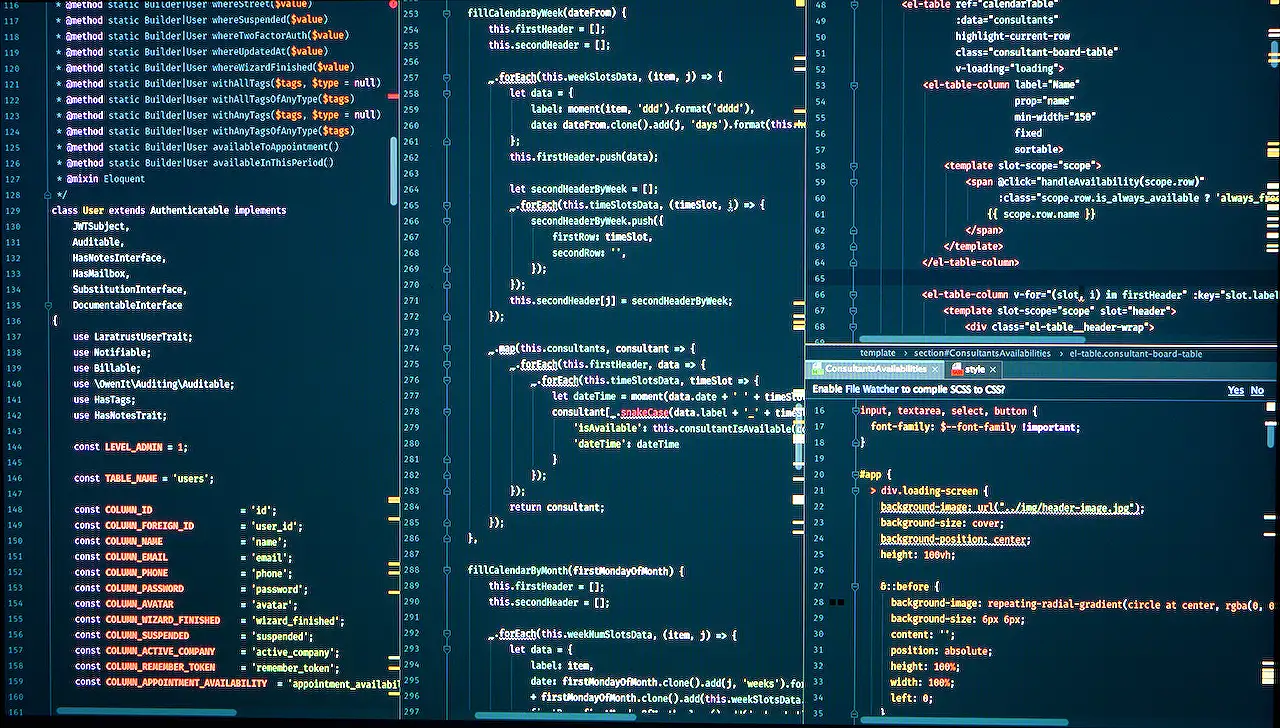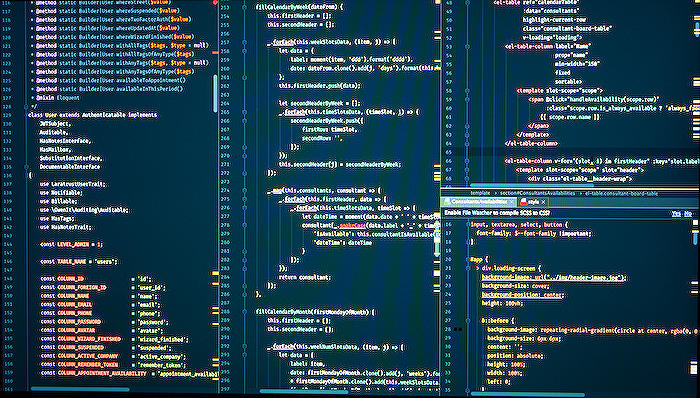- All of Microsoft

Understanding Power Apps and ParseJSON Function - Forward Forever
Unlock the potential of Power Apps with the new ParseJSON function. Learn how it enhances data handling and improves interface calls.
In September, the ParseJSON function was introduced in Power Apps. This left many creators cheering, but the bulk wondered what it was all about. The blog post by Timo Pertilä offers insight into what the ParseJSON function does and how it can be utilized in the real world.
In the Power Platform, solutions are created using connectors, such as the flow’s List rows function that's used to search for all Accounts. Often, this action returns account data in JSON format and in most cases, this JSON can be disregarded because the platform parses the JSON string automatically.
However, when creating our own interface calls, the Send an HTTP request action returns the return value (body) of the interface which is primarily in JSON format. To use these return values, we have to parse the JSON content ourselves. This is performed using the ParseJSON action, where the structure of JSON (Schema) with its data types is described.
This was always possible in flow but not easily achieved in Power Apps. For instance, if Power Apps reads a SharePoint list row with JSON-formatted content in one column, this column wouldn't be very useful. In the Power Apps perspective, it's just text and not enough. Previously, a miracle was needed to turn the text into an object.
Now, everything has changed. Consider a simple Purchase Order application. A single order might contain multiple products. The entire order and its products are stored on one line in the SharePoint list. One column of the list contains the ordered products in JSON format.
In this new environment, we can create a gallery where the values are parsed using the 'order rows in JSON format' in the table. Nonetheless, we are not quite finished just yet. Table(ParseJSON( 'Order rows in JSON format' )) returns a table that has the correct rows from JSON content. But we still need to pick up the desired fields for display.
Another example where this can be used is in Azure Blob. Azure Blob stores backups of orders daily in JSON format. The ParseJSON function can be used to build an application for browsing these backups in a readable format.
It is important to note that you can trigger a flow from a Power app, which retrieves data and returns to the Power app. Power Apps license is needed from the app user if the Response action is premium. This is problematic if the entire solution works with standard functionality.
In summary, the ParseJSON for Power Apps is quite helpful. Although it may not be of immediate necessity to citizen developers, it is still in the experimental phase and likely to change should be used in production stringently.
Understanding the ParseJSON Function
The ParseJSON function is especially useful in Power Apps. This function which is still in its experimental phase has made significant improvements to the platform. From retrieving data to creating applications that can browse these data in a readable format, the ParseJSON function is an invaluable tool in the Power Apps ecosystem.
To learn more about the use of the ParseJSON function in Power Apps, click here.
Read the full article Power Apps and ParseJSON - Forward Forever

Learn about Power Apps and ParseJSON - Forward Forever
The ParseJSON function, which was recently introduced in Power Apps, has its benefits and applications that need understanding for optimal utilization. While it generated interest among creators, many were unsure about its use. So, let's delve into the details.[/p>
Within the Power Platform, solutions are created employing connectors like flow’s List rows function for account data fetching. Data returned from the Dataverse is generally in JSON format, accessible straight within the flow, easing the process.
Dissimilarly, when unique user interface calls are created, the Send an HTTP request action retrieves the return value, which is typically in JSON format. To utilize this return value, it's necessary to parse it. This is where the ParseJSON comes into play, with its capacity to describe the JSON structure (Schema) using distinct data types.
In Power Apps, reading a row from a SharePoint list with JSON-formatted content was initially challenging; in the app's perspective, it would merely be a text. However, things have improved, and content can now be transformed into an object using the ParseJSON function.
- The function enables the creation of a single Purchase Order app containing various products, with the entire order and its products in a single line in the SharePoint list.
- The app lets users create orders and select 0-n products for each order and allows order browsing and editing afterward. However, it's important to note that this app may make certain functionalities challenging, such as counting product numbers or updating order lines in bulk.
- Meanwhile, the same concept can be employed for something more worthwhile, like Azure Blob. Here, it can store orders' daily backups in JSON, which allows Power Apps to browse these backups in a readable format.
The ParseJSON function also enables Power Apps to trigger a flow that retrieves data and then returns it to the app. This response action, however, is premium and requires a Power Apps license from the user, making it a potential problem. But, to bypass the need for a Response action, data recovery has been made possible using the standard function (Respond to a PowerApp or flow) to parse the returned JSON value in text format.
Keep in mind that the ParseJSON function for Power Apps, though handy, is perceived as not immediately necessary for citizen developers. Currently, the function is in the experimental phase and is likely to evolve, so it's advised not to use it in production for the time being. To know about updates, interested users can subscribe to the 'Forward Forever Monthly' email newsletter which covers insights and articles on Power Apps, Power Automate, and Power BI.
More links on about Power Apps and ParseJSON - Forward Forever
- Power Apps and ParseJSON
- Nov 14, 2022 — In this post, we'll go over what the ParseJSON function, which has appeared in (canvas) Power Apps, does and what it can be used for in practice ...
- Power Apps Archives
- Aug 2, 2023 — In September, we got introduced the ParseJSON function in Power Apps. Some Power Apps creators cheered, but the vast majority were mainly ...
- Power Apps and ParseJSON - Forward Forever
- Nov 15, 2022 — In this post, we'll go over what the ParseJSON function, which has appeared in (canvas) Power Apps, does and what it can be used for in practice ...
Keywords
Power Apps, ParseJSON, Forward Forever, Power Apps and ParseJSON, JSON with Power Apps, Parsing JSON in Apps, Microsoft Power Apps Guide, ParseJSON in Power Apps, Power Apps JSON parsing, Using ParseJSON in Power Apps.